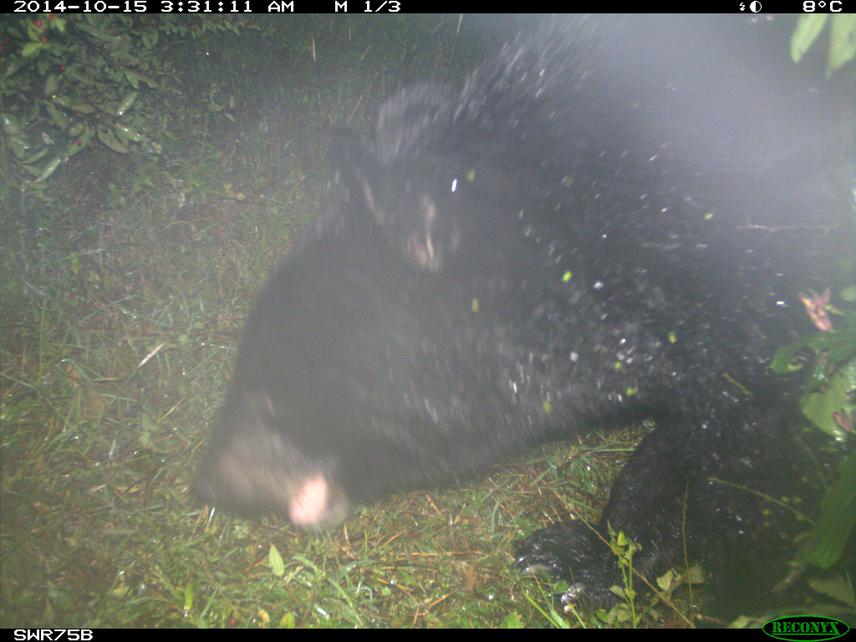Saroj Panthi
Other projects
19 Mar 2013
Distribution, Population Status and Conservation Awarness to Conserve the Red Panda (Ailurus fulgens fulgens ) in Dhorpatan Hunting Reserve, Nepal
30 Mar 2016
Conservation Ecology of Himalayan Black Bear (Ursus thibetanus) in Kailash Sacred Landscape of Nepal
The aim of the project is to find out the population density and to analyze the nutritional ecology of Himalayan black bear for conservation of this species in Api Nampa Conservation Area, Darchula, Nepal.

Himalayan black bear is one of the protected animals in Nepal and distributed in middle hills regions. The main threats for this species are poaching, habitat destruction, and human-bear conflicts. The species are distributed from east to west, although, there are lack of information on their abundance/population density. Api Nampa conservation area is newly established protected area where human-bear conflict is exiting but the status is unknown therefore; this project is counted to this newly protected conservation area.
This project will be conducted first time in this area to find out scientific information on population density, nutritional diet and to raise the conservation awareness in local community level to conserve this species and its habitats. I will use site occupancy modelling (camera traps /presence absence survey) to estimate population density in study areas. Scats will be collected to understand feeding ecology and feeding plants will be collected to understand nutritional ecology of the bears. Each encountered scat of Himalayan black bear and all vegetations will be collected from the study area for dietary and nutritional analysis.
Conservation education programme will be conducted in 21 conservation committees and all secondary schools of ANCA. After awareness programs members of conservation committee students and herders will be convinced to save this species because we will explain them about the importance of this species and biodiversity conservation and ecosystems.